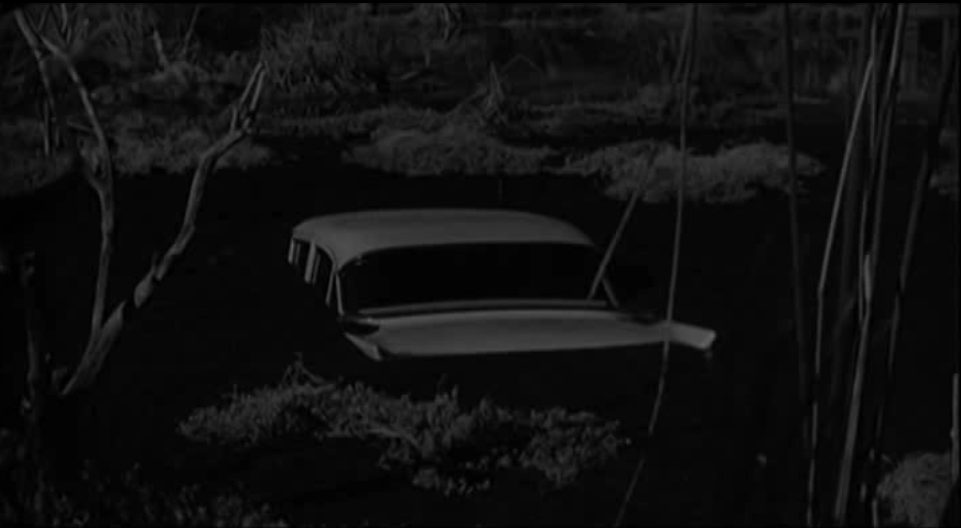ADRIAN PIPER
Adrian Margaret Smith Piper (b. 1948) is a first-generation Conceptual artist and analytic philosopher. She attended the New Lincoln School throughout grammar school and high school, and the Art Students’ League during high school. She began exhibiting her artwork internationally at the age of twenty, and graduated from the School of Visual Arts in 1969. While continuing to produce and exhibit her artwork, she received a B.A. in Philosophy with a minor in Medieval and Renaissance Musicology from the City College of New York in 1974 and a Ph.D. in Philosophy from Harvard University in 1981 under the supervision of John Rawls. She studied Kant and Hegel with Dieter Henrich at the University of Heidelberg in 1977-1978.
Adrian Piper produces artwork in a variety of traditional and nontraditional media, including photo-text collage, drawing on pre- printed paper, video installation, site-specific sculptural installation, digital imagery, performance and sound works. Piper’s works locate the viewer in a direct, unmediated and indexical relation to the concrete specificity of the object of awareness. They consistently explore the nature of subjecthood and agency, the limits of the self, and the continuities and discontinuities of individual identity in the metaphysical, social and political contexts. In 1968 Piper’s Parallel Grid Proposal for Dugway Proving Grounds introduced explicit political content into Minimalism. In 1970-73, her Catalysis andMythic Being series introduced issues of race and gender into the vocabulary of Conceptual art. In 2000 her Color Wheel Series introduced Vedic philosophical concepts into political art. Her mixed media installation + participatory group performance, The Probable Trust Registry (2013-15), won the Golden Lion Award for Best Artist in the 56th Venice Biennale 2015 .

